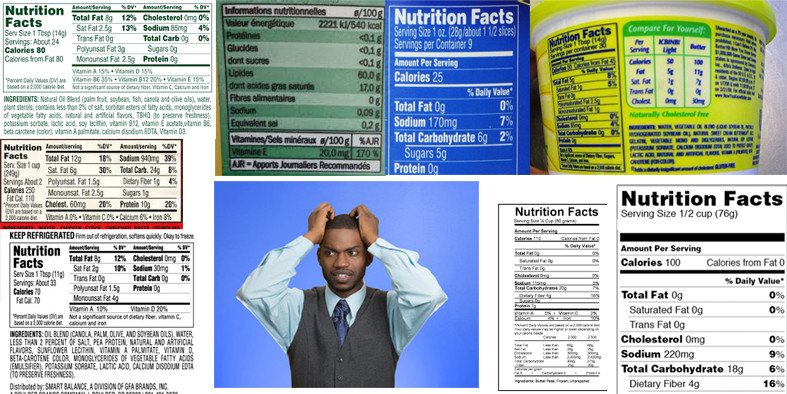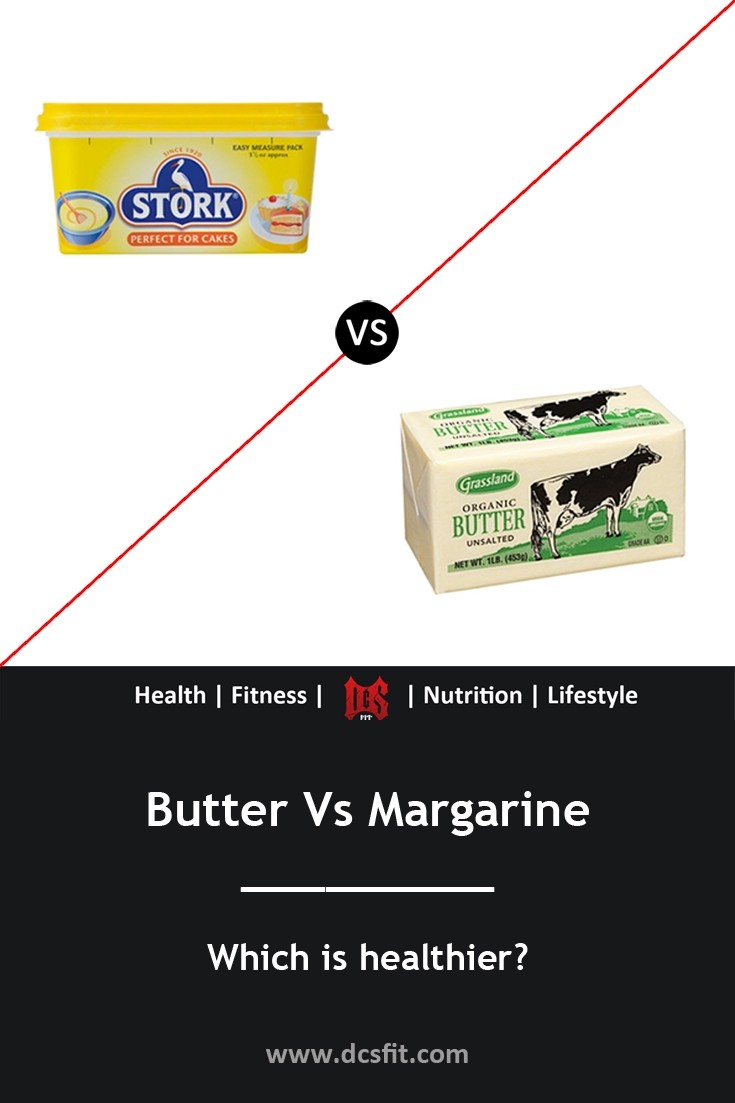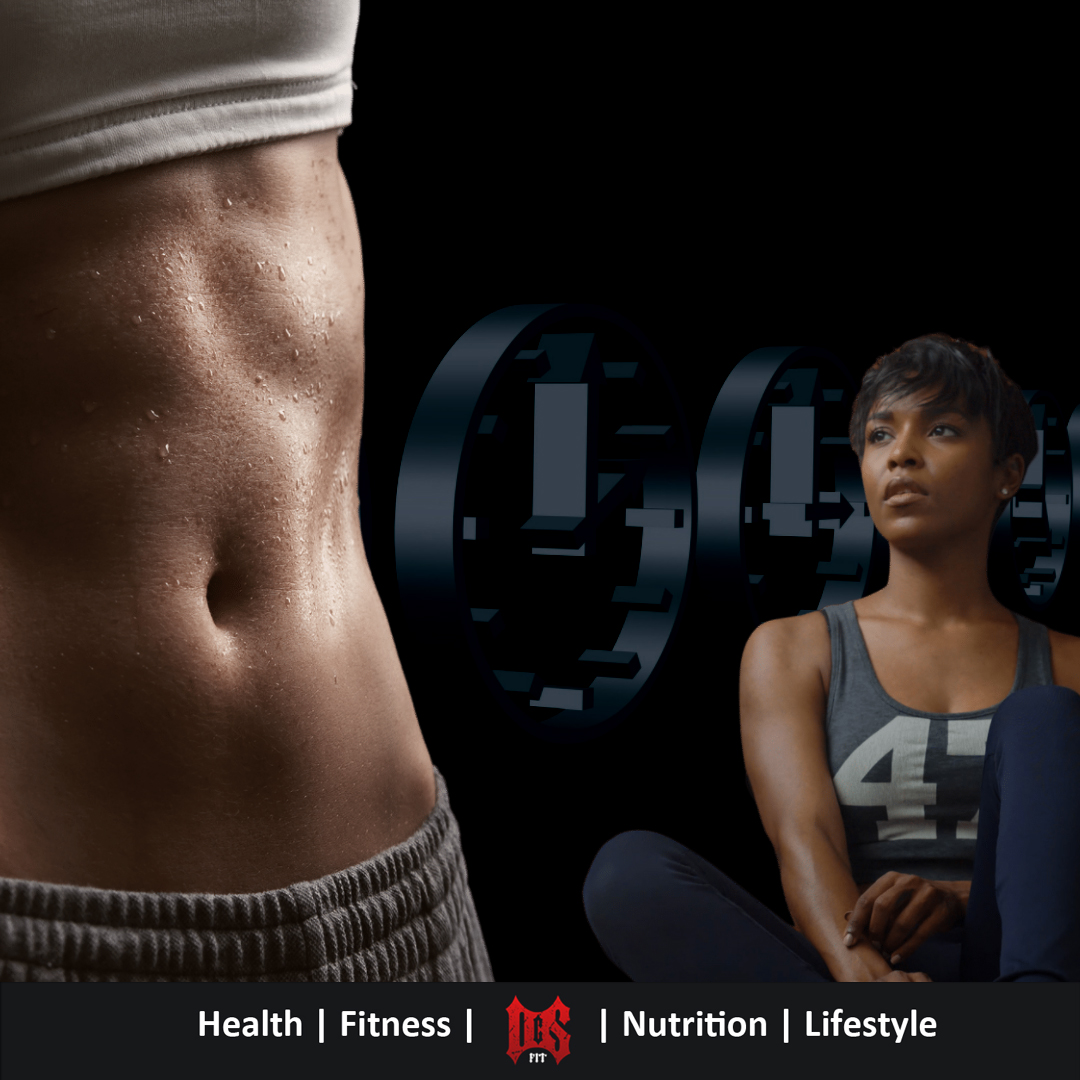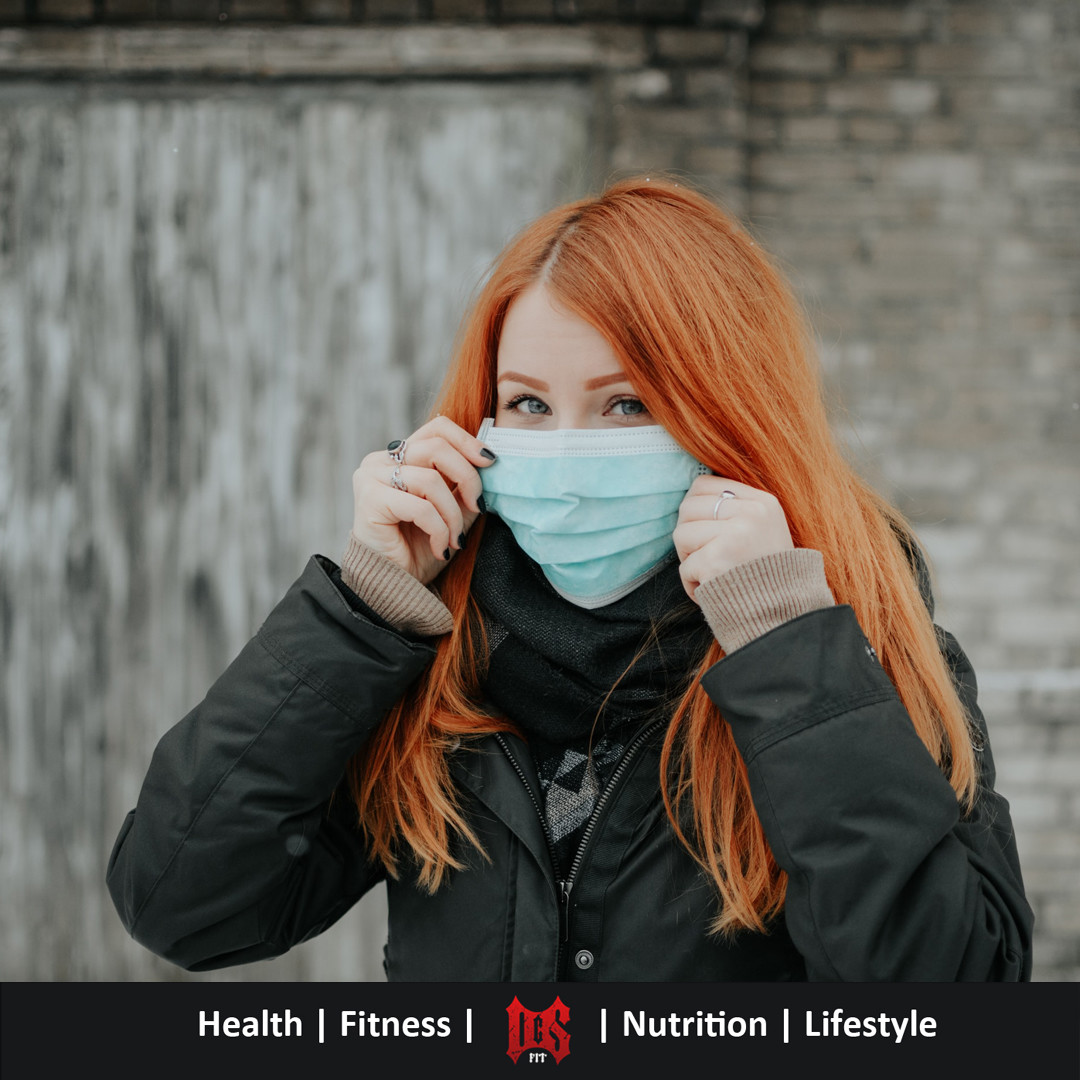Saturated fat is bad for you, Butter contains lots of saturated fat, therefore butter is bad for you!
Margarine on the other hand has much less saturated fat, no cholesterol and on top of that it spreads much easier.
That is certainly the information I was brought up on and seems entirely logical. Margarine manufacturers are always telling us about the low cholesterol levels, the fact that despite being much healthier they have managed to make it taste just as good and these days it’s even an “excellent source of Omega 3”, the latest buzzword in health food marketing.
As for butter, well it sits there in its foil wrapping next to the packets of Lard. You can’t spread it on your bread without ripping it to pieces and there’s nothing else in it to entice you. It’s just butter. A big lump of saturated, artery clogging fat.
So where did it all go wrong for butter?
Butter has been part of our diet for centuries. According to www.dairygoodness.ca “Butter’s origins go back about 10,000 years to the time when our ancestors first began domesticating animals. The first reference to butter in our written history was found on a 4,500-year-old limestone tablet illustrating how butter was made”. So it has been part of the human diet for longer than most food products.
However, earlier this century the number of autopsies performed in America was increased and a startling discovery was made. The number of people dying from heart disease was much higher than previously thought. Scientists had also found a link between high cholesterol and heart disease and one of the biggest causes of high cholesterol was saturated fat in the diet.
As a result, the FDA (Food and Drug Administration) recommended a reduction in saturated fat intake and Government guidelines were issued accordingly. This lead to the influx of the low fat, high carb diet.
The implications of these guidelines are a topic for discussion all by themselves. Suffice to say, this trend to go ‘low fat’ was probably one of the biggest factors in pushing consumers away from butter and looking for lower fat alternatives.
Enter margarine!
Margarine tubs flood the supermarkets with their big bold claims gracing their packaging,
“Less than 1% fat”
“Zero Cholesterol”
“Tastes like butter”
But is it that straight forward?
If you stop and look at the ingredients list you will note on most margarines that it is primarily made from soybean oil. Soybean oil has the lowest amount of heart friendly monounsaturated fats of all oils. It also has the highest ratio of Omega-6: Omega-3 fatty acids (a balance that has been highlighted recently as needing to be redressed drastically in most western diets).
So why is this oil used?
Quite simply – it’s cheap!
Not only that, but regardless of which oil is used, the fact remains that it is an oil. Liquid at room temperature (Saturated fats are solid at room temperature) so to make this unsaturated fat more solid for the purpose of spreading, it is hydrogenated. A by-product of this process is the formation of Trans fats. Trans fats have been found to be just as bad, if not worse than saturated fats when it comes to heart disease.
Margarine has been shown to not only increase LDLs in the body (Bad Cholesterol) but it also lowers HDLs (Good Cholesterol). It has also been shown to lower the quality of breast milk in pregnant women and has been shown to decrease immune response.
To top it off, it is also usually more expensive than butter.
But what about the healthier margarines?
Since the benefits of the low-fat diet have been put into question, and the problems of Trans fats have started to become more a part of the consumer conscience, a number of ‘healthier option’ margarines have hit the shelves with claims to:
“Lower Cholesterol”
To have “No Trans Fats”
And to be “Fortified with plant sterols which appear to lower LDLs (Bad Cholesterol)”
And to be “an excellent source of Omega 3”
Let’s look at a couple of examples of these claims:
I Can’t Believe it’s not butter claims to have “Zero trans fats” but if you have a look at the nutritional information you will find the following:
Per 14g serving
Kcal – 90
Total Fat – 10g
Saturated Fat – 2g
Polyunsaturated Fat – 4.5g
Monounsaturated Fat – 2.5g
Cholesterol – 0mg
The FDA allows manufacturers to make the “Zero Trans Fats” claim providing each serving of the product has less than half a gram of trans fat in a serving of 14g. This equates to up to 3.5% fat by weight.
Look again at the fat break down – 2g + 4.5g + 2.5g = 9g of Total fat, but the total fats are listed as 10g. The reason for this is there are trans fats making up the rest, but as they can claim “Zero trans fats” on the front of the packet, they are hardly then going to list them on the rear.
Further, have a look at the ingredients list. These include:
Vegetable Oil Blend (Liquid soybean oil, [we’ve already seen why this is bad] liquid canola oil, hydrogenated soybean oil, partially hydrogenated soybean oil) plus numerous other ingredients including ‘artificial flavours’

So, what about the “Great Source of Omega 3” claim?
Well, let’s have a look at the content in Flora’s Omega 3 Plus margarine:
The ingredients list shows 1.8% fish oil (180mg per 10g portion) if you consider that it is generally felt that 500mg should be the recommended amount of fish oil in a daily diet and that a 4 oz portion of Wild Salmon contains over 1230mg of Omega 3, suddenly the words “Great Source” seem to lose their significance.
But then there’s the plant sterols lowering our LDLs. That’s got to be a good thing, right?
Well perhaps. It is true that plant sterols appear to lower LDLs by around 10% however there is some question as to whether they may have some negative effects on the heart independent of lowering LDLs.
The fact is these extra ingredients are just that, ingredients. What you should remember is that Margarine is a processed, manufactured substance as compared to butter which is one ingredient – butter (sometimes with added salt – look for sea salt if that is your choice). There is no getting around the fact that Margarine will always be a laboratory produced product and added with the ‘good’ ingredients are the colours and preservatives all used to make it look like butter. (That yellow sheen doesn’t come naturally).
One thing to keep in mind is the human body is a highly-sophisticated machine that is very good at evolving to its environment. That said, evolution is a very long process and doesn’t happen overnight. As stated above, butter is a natural substance that has been around for thousands of years and has become a dietary staple. Margarine is less than 100 years old. A drop in the ocean of evolutionary development, and is therefore not something our bodies are accustomed to dealing with during the digestive process.
But what about the saturated fat? What about the heart disease?
As the saturated fat in butter is naturally occurring, it has generally been agreed by experts that a small percentage of saturated fats are beneficial to a healthy diet.
At the turn of the century, heart disease in the western world was rare. By 1960, it was our number one killer. Yet during the same time, butter consumption had decreased to less than a quarter. So whilst it remains logical to control portion sizes, butter itself is not the be all and end all of the argument.
Butter also contains a huge list of nutrients essential for your body’s growth, repair and wellbeing. It has been shown to increase the absorption of many other nutrients in other foods. It contains antioxidants, which can help to offset free radical damage to cells. It is a source of Vitamin D, Calcium & Selenium. It also contains conjugated linoleic acid which is thought to help maintain lean body mass, prevent weight gain and may reduce the risk of certain types of cancer.
So, it’s not the big bad monster it has often been though as.
(For a fuller list of the nutrients contained in butter check out http://www.westonaprice.org/knowyourfats/skinny.html#butter)
I would, however, suggest that you stick to Organic and preferably Raw butter. The non-organic alternative is highly susceptible to persistent organic pollutants, a class of toxic chemicals that are attracted to fatty tissues in substances like milk. They are hereditary and so passed from mother to calf and originate from the eating of contaminated feed. According to Horizon Organic’s Marketing Director Gwen Scherer, “Organic butter avoids such contamination.”
How much is too much?
Well 7% Saturated fat is considered healthy even for high risk candidates, with 11% recommended the cut off for most people. So, for a women consuming 2000 Kcal per day, 24g of Saturated fats would be considered acceptable. Whereas for a weight training male consuming 4500 Kcal per day, 55g would be acceptable and anything under 35g would be considered very low.
Given the fact that butter has also been shown to aid in the development of lean body mass, weight trainers and body builders would do well to air towards the upper extremes. Just remember, everyone is different and what works for most may not work for you.
The purpose of this article is not to give a definitive answer on whether you should favour butter or margarine, because there isn’t one. It is simply to point out the flaws in general perceptions and give you information to help you make informed decisions. Anything that has one ingredient is usually going to be a better choice over one that has 20+ and has been processed in a factory. However, if you must go the margarine route, read the labels and the ingredients and make your choice on the facts rather than the advertising hype.
So now you are allowed butter again, the only choice is what to put it on? If your answer is bread, you may want to reconsider. But, that’s a topic for another day. Might I suggest using it for cooking, especially with eggs, to add flavour?
Lastly, once you have worked out your portion sizes, I’d suggest you keep an eye on this, at least for a while. For a week at least, portion out your daily amounts the night before to get a feel for how much your portion is. Then when you reach for the butter you can see how much of this you are using. Otherwise it is easy to get carried away.
For now though, rejoice in the fact that eating healthy doesn’t always mean deprivation.
Have your butter and enjoy it guilt free as part of your healthy eating lifestyle. And smile if the buttercup tells you that ‘you like butter’.

Butter Vs Margarine
The Big Fat Debate by Mark Tiffney
Your Thoughts
Does this change anything for you? Where you fully butter anyway? Does this just make you feel better about your choices? Are you not surprised?
Or are you a margarine person? Will this make you think again? Or are you going to make the switch?
Let’s discuss in the comments below.




Leave A Comment